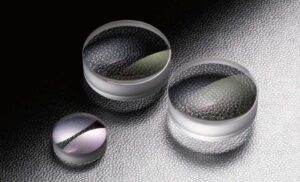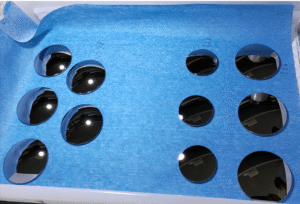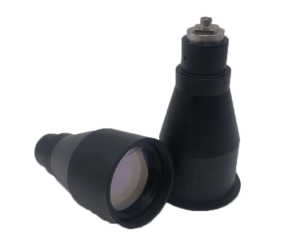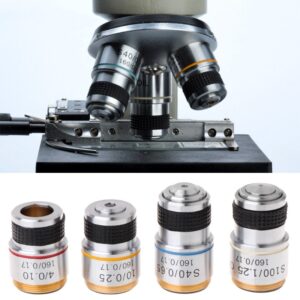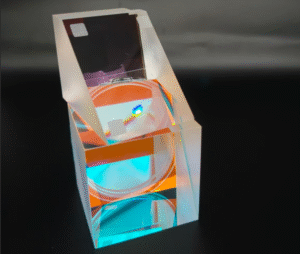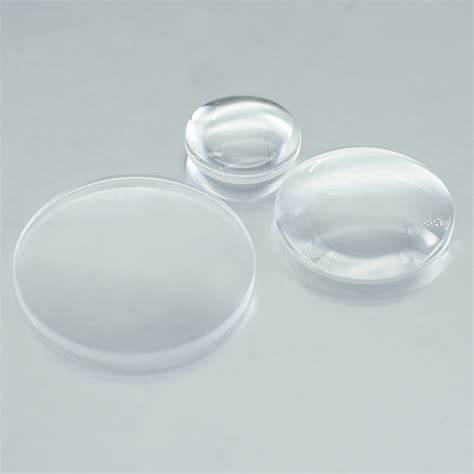Overview: What is a Calcium Fluoride (CaF₂) Lens?
A Calcium Fluoride (CaF₂) lens is a high-performance optical component used in applications ranging from ultraviolet (UV) to infrared (IR) wavelengths. With excellent transmittance, low refractive index, and high laser damage threshold, CaF₂ lenses are ideal for demanding optical systems such as spectroscopy, astronomy, laser applications, and semiconductor metrology.
At Bote Optical, we specialize in manufacturing custom Calcium Fluoride lenses with high surface quality and precision polishing. Our in-house capabilities ensure fast turnaround and strict quality control for both R&D and OEM requirements.
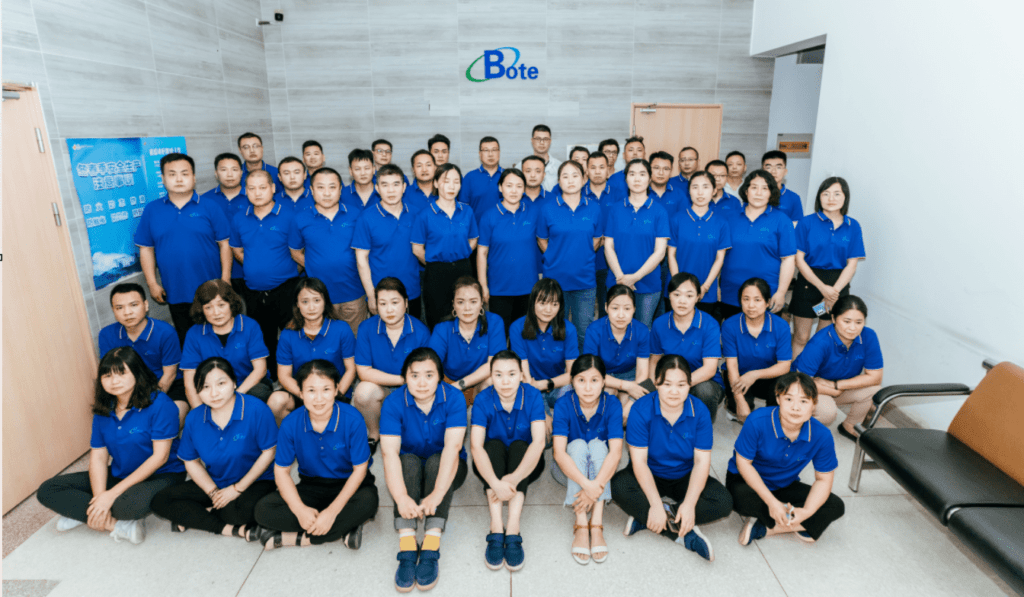
Key Properties of Calcium Fluoride (CaF₂)
| Property | Value |
|---|---|
| Wavelength Range | 0.18μm – 8.0μm |
| Refractive Index (@ 0.6μm) | 1.43382 |
| Transmission Range | >90% from UV to IR |
| Density | 3.18 g/cm³ |
| Hardness (Knoop) | 158 |
| Laser Damage Threshold | High (especially in UV region) |
| Thermal Expansion Coefficient | 18.85 × 10⁻⁶ /°C |
✅ Low Absorption in Deep UV
✅ Excellent Transmittance Across Broad Spectrum
✅ Chemically Stable and Moisture Resistant
CaF₂ Transmission Characteristics
One of the most attractive features of Calcium Fluoride is its broad transmission range. The material transmits efficiently from 180 nm in the deep UV all the way to 8 μm in the IR, making it suitable for multi-spectral applications.
Key Advantages:
- High UV transmission for excimer lasers
- IR compatibility for thermal imaging
- Low chromatic aberration due to low dispersion
Fig 1: Typical CaF₂ Transmission Curve

Refractive Index of Calcium Fluoride
Calcium Fluoride’s low and stable refractive index (~1.43 in the visible spectrum) reduces the need for anti-reflective coatings and minimizes chromatic aberration in lens systems. This makes it a preferred material in multi-element optical assemblies such as:
- Beam shaping optics
- UV microscope lenses
- IR laser focusing systems
📌 Fun Fact: The low birefringence of CaF₂ ensures minimal polarization distortion, critical for precision laser and scientific applications.
Calcium Fluoride Optics at Bote Optical
At Bote Optical, we provide an extensive range of Calcium Fluoride optics, including:
- Plano-Convex Lenses
- Double-Convex Lenses
- Plano-Concave Lenses
- Windows and Prisms
- Aspheric CaF₂ Lenses (on request)
All optics are available uncoated or with custom AR coatings optimized for UV, visible, or IR wavelengths.
🔧 Custom Lens Design Services
We accept customer drawings and specifications for fully customized solutions, including:
- Special diameters and thicknesses
- Custom radii or surface figures
- High-precision centering and polishing
- Coating options (UV AR, IR AR, dual-band)
📍 Singapore-based support ensures faster prototyping and reliable export services to global markets.
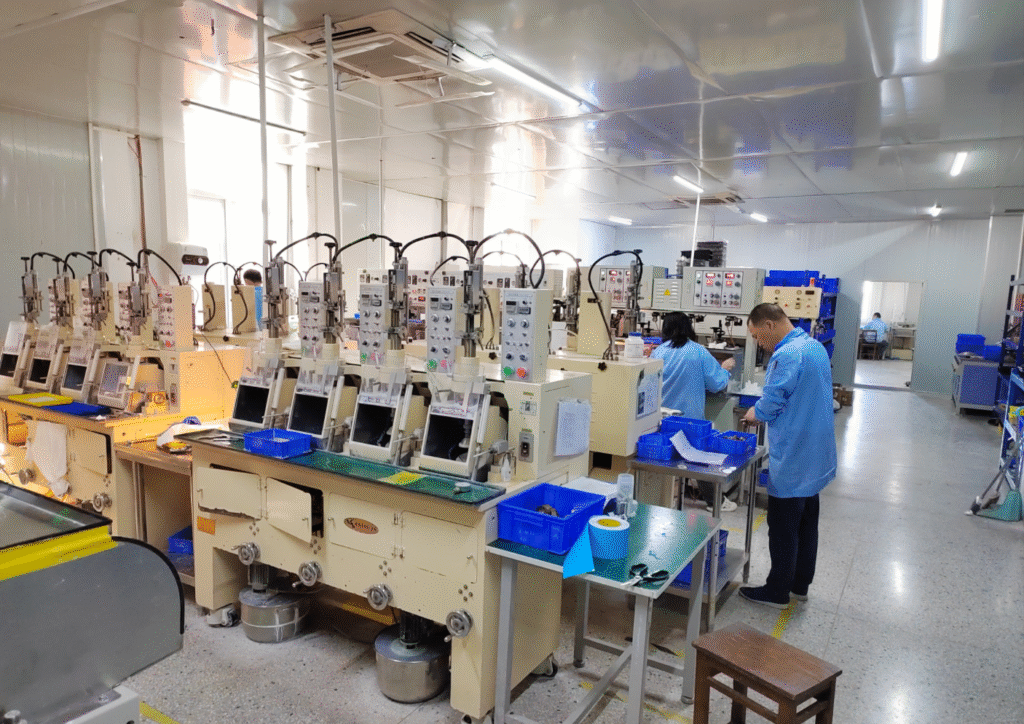
Applications of Calcium Fluoride Lenses
1. Laser Optics
CaF₂ lenses can withstand high laser powers, especially in UV systems. They are commonly used in:
- Excimer laser systems (193 nm, 248 nm)
- CO₂ laser focusing (in combination with other optics)
- Laser-induced fluorescence (LIF)
2. Spectroscopy and Sensing
Thanks to high IR transmission, CaF₂ optics are used in:
- FTIR spectrometers
- Gas analyzers
- UV-Vis-IR scanning systems
3. Semiconductor and Lithography
With its high UV transparency, CaF₂ lenses are key materials in:
- Photolithography machines
- UV laser alignment optics
- Fluorescence microscopy
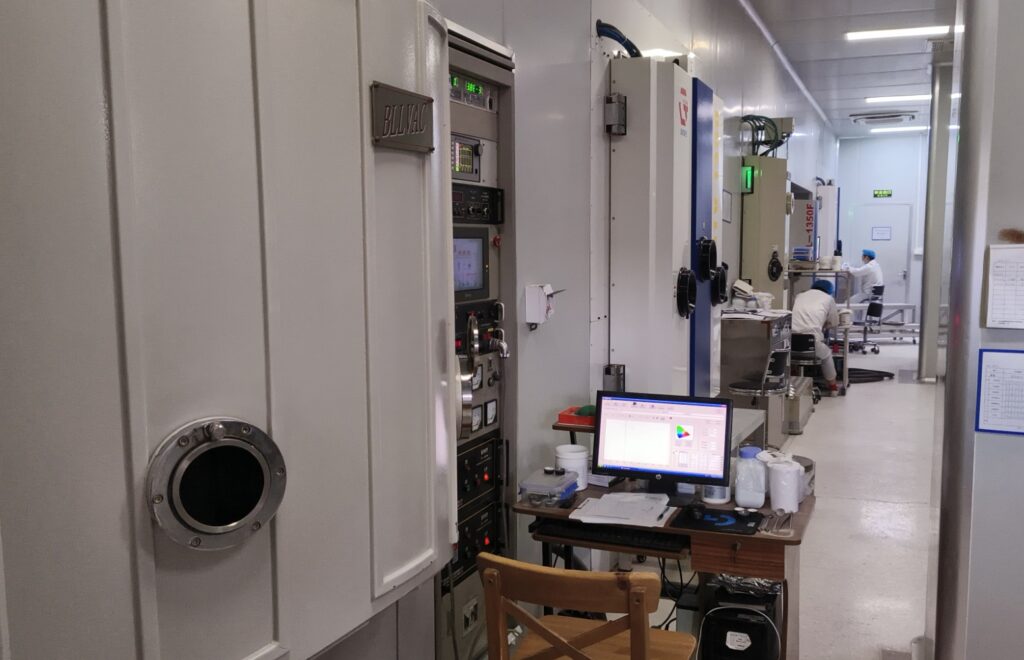
FAQs
Q1: What is the typical transmission rate of a Calcium Fluoride lens?
A: CaF₂ lenses offer >90% transmission between 180 nm and 8 µm. With proper coatings, performance can be enhanced for specific ranges.
Q2: Can Calcium Fluoride be used in high-humidity environments?
A: Yes. CaF₂ is chemically stable and non-hygroscopic, making it suitable for outdoor or humid conditions.
Q3: How does the refractive index of CaF₂ compare to fused silica?
A: CaF₂ has a lower refractive index (~1.43) compared to fused silica (~1.46), resulting in reduced Fresnel reflection and chromatic dispersion.
Q4: Do you offer AR coatings for CaF₂ lenses?
A: Yes, we provide custom single-layer and multi-layer AR coatings optimized for UV, VIS, or IR bands.
Why Choose Bote Optical for Calcium Fluoride Lenses?
✅ In-house optical fabrication and coating
✅ Singapore-based logistics with global delivery
✅ Strict QA with interferometric surface testing
✅ Small-volume and prototype-friendly
✅ Fully customizable optics for your system
Whether you’re developing a UV spectroscopy device or an IR imaging sensor, our Calcium Fluoride lenses are built to meet your technical and quality demands.
- Inspection Equipment List and Metrology of Bote Optics
- Introduction of BOTE Key Equipment
- Catalog of Precision Optics
- Catalog of Imaging Optics
- ISO9001-2015 Certified
Request a Quote Today
If you’re looking for a reliable supplier of CaF₂ lenses, contact us for fast technical support and customized solutions.
📧 Email: [email protected]
🌐 Website: www.bote.com.sg
📍 HQ: Singapore | Production Facility: Nanjing, China

